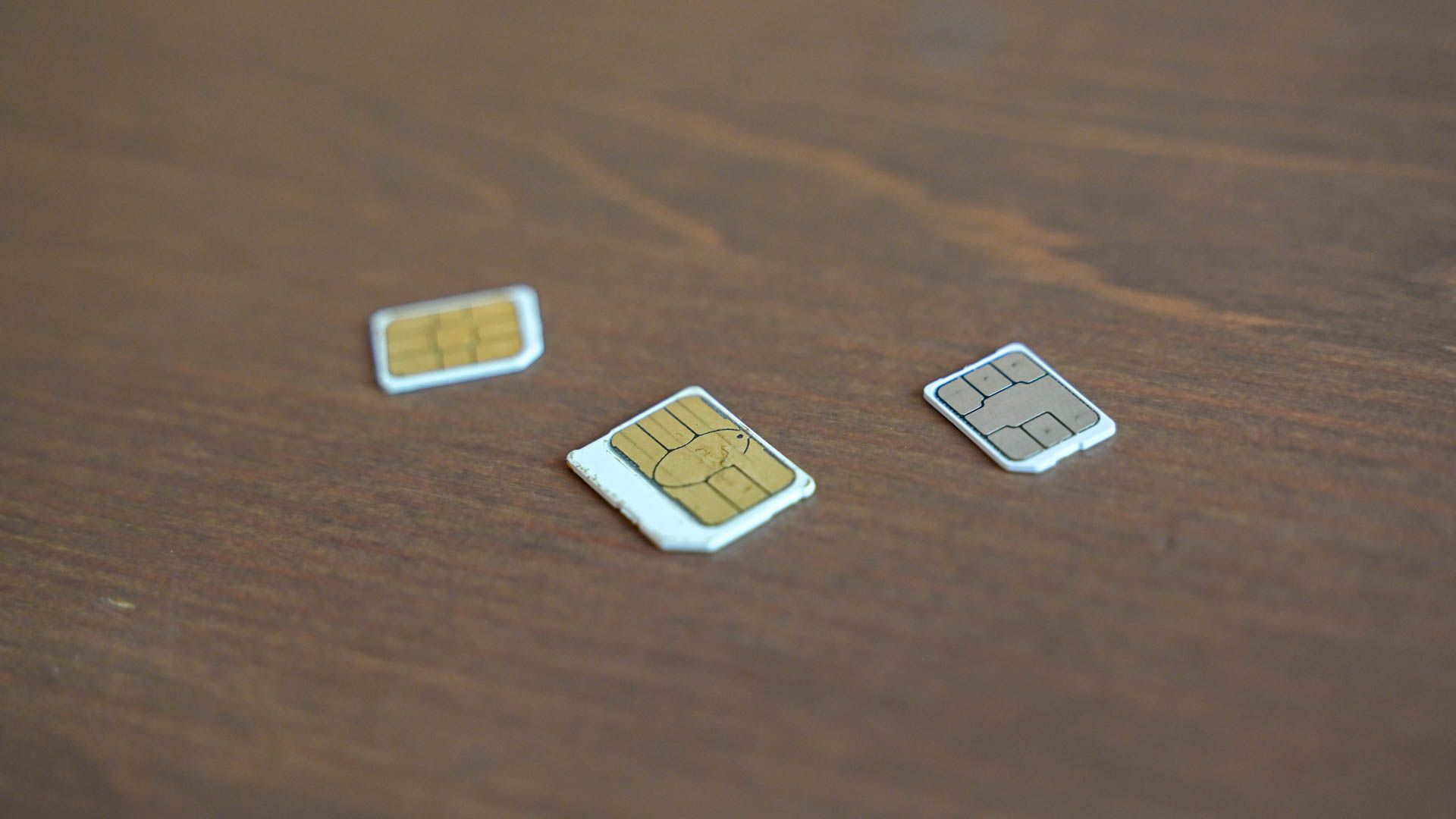Key Takeaways
- Dual-SIM phones provide the convenience of having two phone numbers on one device.
- Dual-SIM phones are beneficial for traveling with international and local SIM cards.
- However, users may sacrifice an SD card slot and experience slightly reduced battery life with dual-SIM phones.
Sometimes you might get the option to buy a phone that can take not one, but two SIM cards. Does it make sense to pick up a dual-SIM phone? What are the pros and cons? As a dual-SIMer myself, I can tell you what’s great (and not so great) about the duality of these phones.
Defining Dual-SIM Phones
A dual-SIM phone is a handset that can accept two physical SIM cards. These days, many phones can also work with virtual “eSIMs” and, functionally, this comes down to the same thing, if you have a model that can use a physical SIM card alongside an eSIM. However, I’m specifically referring to a phone that can use two physical SIMs, regardless of eSIM support.
Finding a Dual-SIM Handset Can Be Hard
Depending on where you live in the world, getting your hands on one of these phones can be tough. Clearly, most providers don’t have a strong incentive to offer dual-SIM phones as part of their subsidized phone plans. After all, why give your customers the option to add a SIM from a competing network to their phones? Yes, dual-SIM phones on sites like Amazon are almost invariably unlocked models, and you usually have to buy them cash upfront, sadly.
The Benefits of Dual-SIM Phones
However you manage to get your hands on a dual-SIM phone, the big question remains; what benefits this will actually bring you?
For me, the main advantage is that I can have two different phone numbers with only one handset. This means I can have a personal number for friends and family, and one that I use only during office hours. Some people do this by getting a second phone, but that’s obviously more cumbersome for a variety of reasons.
It’s also great when you’re traveling, since you can leave your main SIM in your phone to receive international calls, but put a local SIM in the other SIM slot so that you can benefit from local call and data rates. Assuming the country you’re visiting has a compatible network.
Even if you don’t leave the country, you can still benefit from having multiple networks. You can have one SIM from a network with great call rates, or the best reception for calls where you live, and the other might be from a provider with the fastest or most competitive mobile data deals.
What You’re Giving Up For Dual SIMs
Most of the dual-SIM phones I’ve encountered do away with an SD card slot. For a lot of people, that’s not an issue at all, since phones have plenty of storage, but if you need lots of extra storage, you may have to buy a dual-SIM phone with much more internal storage upfront, since you can’t add more later.
If you use both SIM slots, you may notice a little less battery life. After all, your phone is accessing two networks, and they may even be operating on different bands at the same time. I’ve tried to find out exactly how much of an extra impact it is, but both my personal experience and that of the people I’ve read on forums seems to indicate it’s not that impactful. Generally, there is a single-digit percentage impact, depending on the phone and the specifics of the network traffic. Just be aware that more power is likely needed to run an additional SIM.
Alternatives to Dual-SIM Phones
While dual-SIM phones still have their place and are quite popular in various parts of the world outside of North America, there are more practical alternatives. As I mentioned earlier, many modern phones support eSIMs, and can use an eSIM and physical SIM at the same time on many phones. This is possible if your phone has the Dual-SIM Active or Dual SIM Dual Standby feature.
If your phone does not have an eSIM in addition to the physical SIM, you can make use of a VOIP (Voice Over IP App) that comes with a phone number that anyone can dial. This will use mobile data on your end of the call, but allows you to add a second number to your phone without any sort of additional SIM card. An example of this would be a Skype Number.
Of course, you can leave the whole phone number thing behind and simply make and receive calls using your favorite messaging app instead, but there will always be some merit to having separate numbers that don’t depend on a working mobile internet connection.




